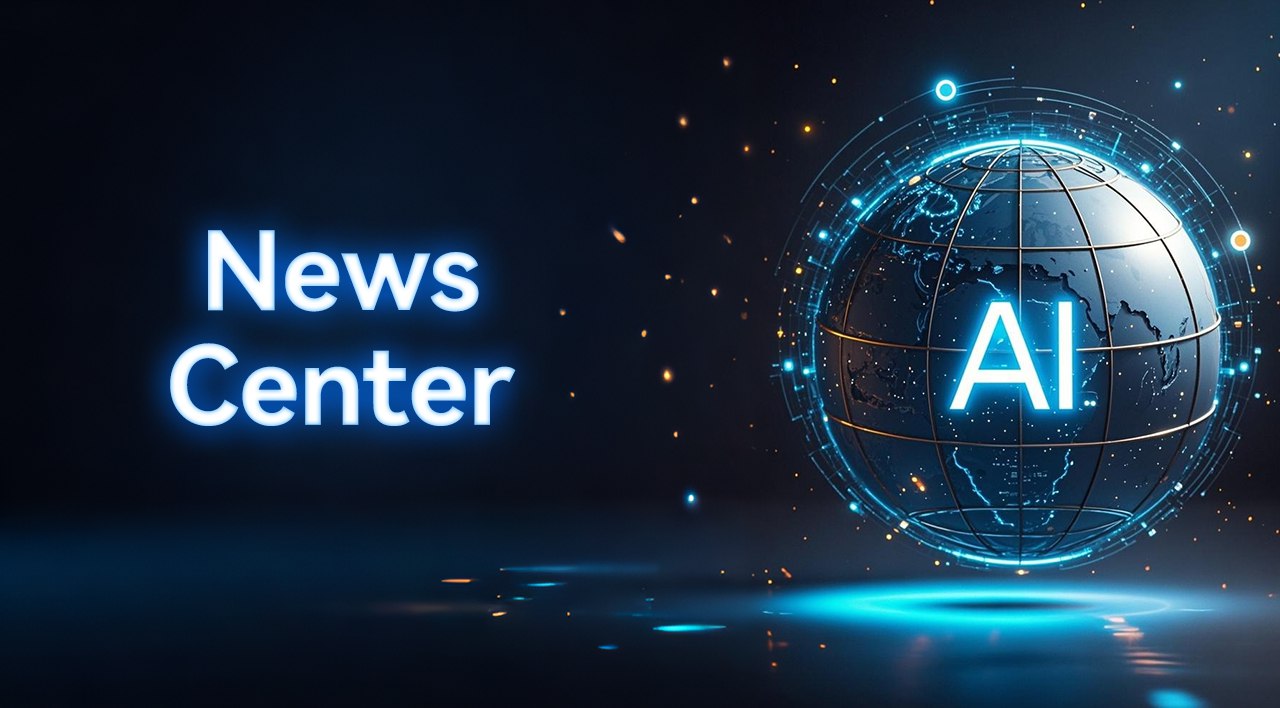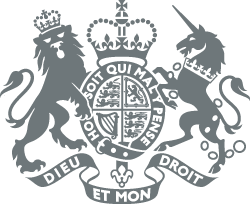TTNgb6mz2xJsTQPdjH8uMsExktwzk2qXCE
#News Center ·2022-04-25 14:02:35
Expanding, maintaining, and enriching the nation’s artificial intelligence (AI) workforce is a national security imperative. Yet to date, U.S. policymakers and industry have focused primarily on four-year degrees. This narrow focus has led to a loss of talent and diminished opportunities, as many AI careers do not require a four-year college degree.
Community and technical colleges have tremendous potential to develop, maintain, and enrich the AI workforce. They are an important part of the nation’s higher education system, with a student body that spans multiple segments of the population.
Yet these institutions are not being effectively utilized to develop and train AI talent. To understand the current state of AI and related education at these institutions, we assessed existing course offerings and graduate populations. We focused on programs where associate degrees could be a strong resource for developing and upskilling AI talent.
Our analysis found that:
In 2020, community and technical colleges awarded few AI and AI-related degrees and certificates, and almost none in specific AI fields.
Computer and information science (CIS) and engineering technology are two promising technical fields for AI-related degrees and certificates, but their associate degree attainment rates have remained flat or declined over the past decade.
Despite attracting a highly diverse student body, community and technical colleges accounted for only 23% of 2020 CIS associate degree or certificate graduates and only 15% of engineering technology associate degree or certificate graduates.
Less than 7% of 2020 awards in business administration and operations were in the sub-majors most associated with AI product development and acquisition.
Industry partnerships specifically for AI education and training at community and technical colleges are small but promising and growing.
These findings suggest that there is still significant room for improvement in the field of AI. This includes not only building or modifying existing AI-related courses, but also creating new courses that can be stacked with certificates and industry certifications to meet future demands for AI and related competencies.
However, community and technical colleges must overcome significant barriers to realize their full potential to train the AI workforce of the future. These barriers include: a persistently uncertain funding environment; low graduation rates; low participation and underrepresentation of female students in technical courses; challenges in faculty recruitment, development, and retention; and the myriad and conflicting priorities of system administrators and state legislatures. These barriers are further exacerbated by the fact that these institutions often serve more diverse populations and have a wider range of student needs than traditional four-year institutions.
To overcome these barriers, the federal government, state governments, and industry need to prioritize AI education and workforce development. This prioritization must start at the top, with a dedicated office in the White House. It must also include additional financial support from state and federal governments to create and promote high-quality AI and AI-related programming. Community and technical colleges also need to be incentivized to work with industry to design AI and AI-related programs that employers recognize as credentials and use to recruit AI talent.
To help community and technical colleges realize their potential, we recommend that:
The Office of the National AI Initiative within the White House Office of Science and Technology Policy, in coordination with the Office of the First Lady, develop a strategic effort related to community and technical colleges.
Congress establishes a federal funding program jointly established by the Department of Labor and the National Science Foundation for industry-university partnerships in AI and AI-related degree and non-degree programs, including high school dual enrollment courses.
Congress establishes a federal tax credit for companies that establish industry partnerships with community and technical colleges on AI and AI-related programs.
Congress funds the National Institute of Standards and Technology or other federal entities, as appropriate, to conduct a multi-stakeholder collaboration to develop and regularly update a framework of technical and non-technical AI job roles and competencies.
States promote articulation agreements between public two-year and four-year institutions to facilitate transfer and reverse transfer of AI and AI-related courses.
Creating a series of stackable credentials for AI and related courses—non-degree certificates that demonstrate skills or competencies—will revolutionize the way community and technical colleges prepare the future AI workforce. First, it will promote lifelong learning and help students acquire new skills over time. Second, it will increase course flexibility in a rapidly changing skills landscape. Third, it will encourage students to mix and match credentials to develop unique combinations of skills and competencies based on their personal interests, aptitudes, and job market needs. This will provide students with convenient and affordable education and training options that are not available in other education systems. Institutions can design courses based on good practices and lessons learned from states that offer stackable credentials in other fields, such as Ohio.
We have a vision for community and technical colleges to become a core component of AI education and training in the United States. They will reach underrepresented and nontraditional college populations and provide new pathways to and opportunities in key areas of future high-paying jobs. However, community colleges and technical colleges alone cannot achieve this goal. We believe that by working with federal, state, and industry partners, community colleges and technical colleges can create a truly viable alternative pathway to AI careers.

 English
English  Deutsch
Deutsch  Français
Français  Español
Español  Português
Português  Italiano
Italiano  にほんご
にほんご  Nederlands
Nederlands 





